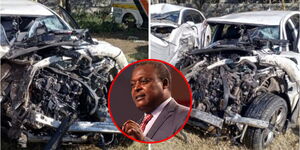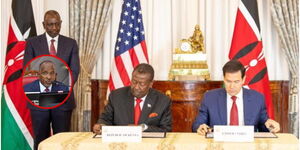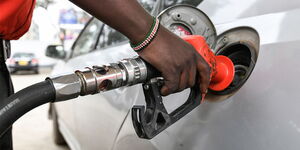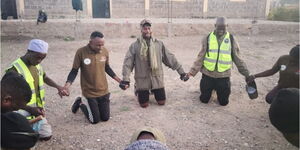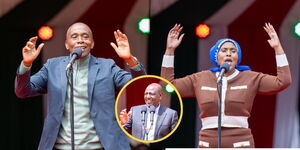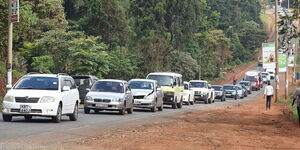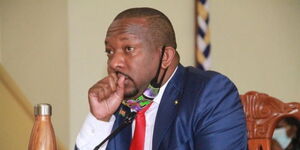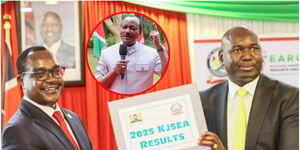An infamous dam scandal from former President Daniel Arap Moi's days of yore has seemingly repeated itself during President Uhuru Kenyatta's tenure.
Just like today's Kamwerer, Itare and Arror dams saga, Moi, in 1986, proposed a project dubbed Turkwel dam that was marred with scandals including kickbacks and questionable awarding of tenders.
First, the project had been awarded to a French firm by Kerio Valley Development Authority (KVDA) which also awarded Kamwerer and Arror to controversial CMC Di Ravena which has since gone broke.
Reports indicate that the then Energy Minister Nicholas Biwott signed the contract with hand-picked French contractors that was three times more expensive than they would have paid for normal competitive tenders.
The dam was also financed through commercial loans which are considered a very convenient plan in which to carry out kickbacks and blackmail.
The French firm at the time, averaged the price for a single turbine at Ksh27.7 (at the time) which was three times more than a genuine international tender would cost.
In comparison, for the tender awarded to CMC Di Ravena, the country entered into an agreement that in order to secure funding from Italy, the contract had to be awarded to an Italian firm.
The Moi era Turkwel dam situation grew so dire that the international community that raised questions was either kicked out of the country or faced severe backlash.
When a European delegation to Kenya wrote a letter inquiring how scandalous the specifics of the project were, shortly after the state demanded that he gets transferred.
Financial Times, a publication based in London, highlighted the story but the copies of the newspaper were destroyed at JKIA.
Another publishing firm, The Washington Post's Bureau Chief Blaine Hardy, who was based in Nairobi, went to Turkana to do a report and when State House got wind of his activity, Hardy was given 30 minutes to exit the region.
From awarding the project's tender to its construction, there was no diligence followed, the environment was not assessed and the tender process was not open.

